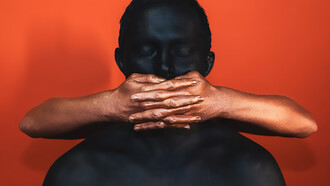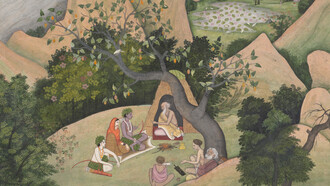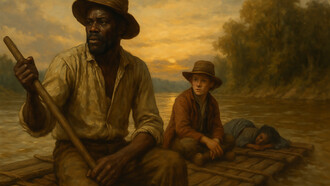The heroines in Sophia Bennett's books are powerful characters, whose inner courage is slowly revealed as the plot develops. However, she is not just a kidult author. In this in-depth interview she explains her writing process and fascination with past artists, with a note about future projects.
I love the fact that your protagonists seem to discover their courage little by little. What made you decide to write books for children and teens that can also be enjoyed by adults?
I didn’t decide to write books that can also be enjoyed by adults! I’m very pleased they can, although that causes me problems sometimes. When I write for children I usually have a 12 or 13 year-old in mind, and write events and emotions that will resonate with their life experience, as well as stretching them a little. This was an age when I read voraciously and formed so many of the ideas and opinions I still hold, about the way the world should be, and about how we live in it as humans. So I feel very privileged to be writing for young people who are also forming their opinions now. I hope I give them lots to think about.
However, it can be difficult, because sometimes I read reviews of my books saying "This is so simple. It’s as if it was written for young teenagers!" And I think to myself: “Exactly - that’s just who I wrote it for”. It’s great that older readers enjoy the books too, but useful if they understand the context in which they were written.
I read your story and I understand you are fascinated by artists who have changed our perspectives. How have you integrated them into your books?
I wrote a book about great women artists called The Bigger Picture. Artists who have that genius level of seeing the world with new eyes often have a political effect, I think. They give us the means to form new thoughts about how we live in the world: for example, Louise Bourgeois showing us how strong, spiky and at the same time soft and vulnerable women can be. Tracey Emin also expresses the vulnerability of young women in fascinating ways, such as her embroidered tent and her messy bed. I write that vulnerability into my characters. But I’m also inspired by many of the great male artists from history. I think studying Greek sculpture has helped me to understand how young men can be vulnerable too. I adore the Italian Renaissance. Its wit and colour, confidence and sensitivity constantly inspires me. It is in love with the world, and so am I.
Speaking of famous people from the past, why did you decide to have the Pre-Raphaelite Brotherhood sneaking in the plot of Following Ophelia?
I didn’t know that much about the Pre-Raphaelite Brotherhood before I started writing. Although my parents had posters of paintings by Edward Burne-Jones around the house when I was growing up, so I was very familiar with its aesthetic: strong-jawed women with big eyes and long hair, in historical/romantic surroundings! I was asked to write Following Ophelia by Stripes Publishing, and they came up with the original idea. I was interested in writing about art at that time, so I took up the challenge. I researched tremendously as I went along, and loved it. However, being the muse of a male artist is usually no route to happiness for a strong woman - as it wasn’t in the case of my book. I was interested in what a girl from a poor, uneducated background could do to support herself and the people she loved. Her options were limited. But I imagined that by the third book, had I ever written it, she would have been living in Chicago, hugely wealthy and successful, with a big fashion business to run!
Talking about the Lavelle series, what were the challenges of using Victorian London and the city of Venice as different settings for the stories?
There were big challenges in getting the historical detail of the 1850s right - but these were also great joys. I learned so much about a London full of brick factories (for the buildings that were shooting up everywhere) side by side with fruit orchards, where violet dye had just been invented and purple cloth was the big new thing. I loved reading about Chelsea Bridge, which was opened then, and how it was supposed to be called Victoria Bridge, but it was very wobbly and unreliable at first, and Queen Victoria didn’t want her name associated with it!
Venice is probably my favourite city. In many ways, it hasn’t changed much since that time. I love the fact that even then, writers like Mark Twain were complaining that it was too full of tourists. The costumes were different, there weren’t the huge cruise ships, thank goodness, and it was a little quieter - but overall I think new visitors to the place would have had a similar experience to mine when I first arrived in the 1980s. Instant love. That’s what I tried to put into the book.
Could you already tell us something more about the projects you are working on?
My latest project is a crime series imagining the Queen as a private detective. Elizabeth II solves crimes, and has secretly been doing so for decades. I described it to my agent as Miss Marple meets The Crown. Book 1 in the series - The Windsor Knot - is out next year. It’s being published in the UK, the US, Italy, France, Germany and many other countries, so hopefully it won’t be too hard to find, if you like a bit of crime and mystery. This is my first published book for adults, so at last reviewers can approach it as such. I hope all ages will enjoy it.















